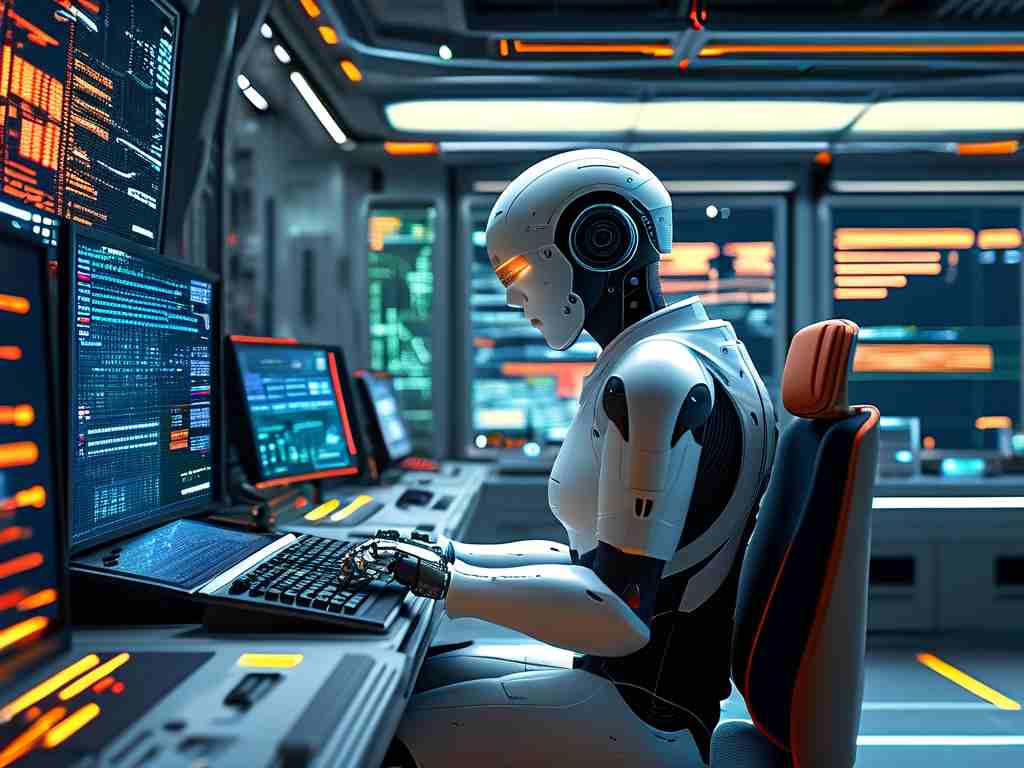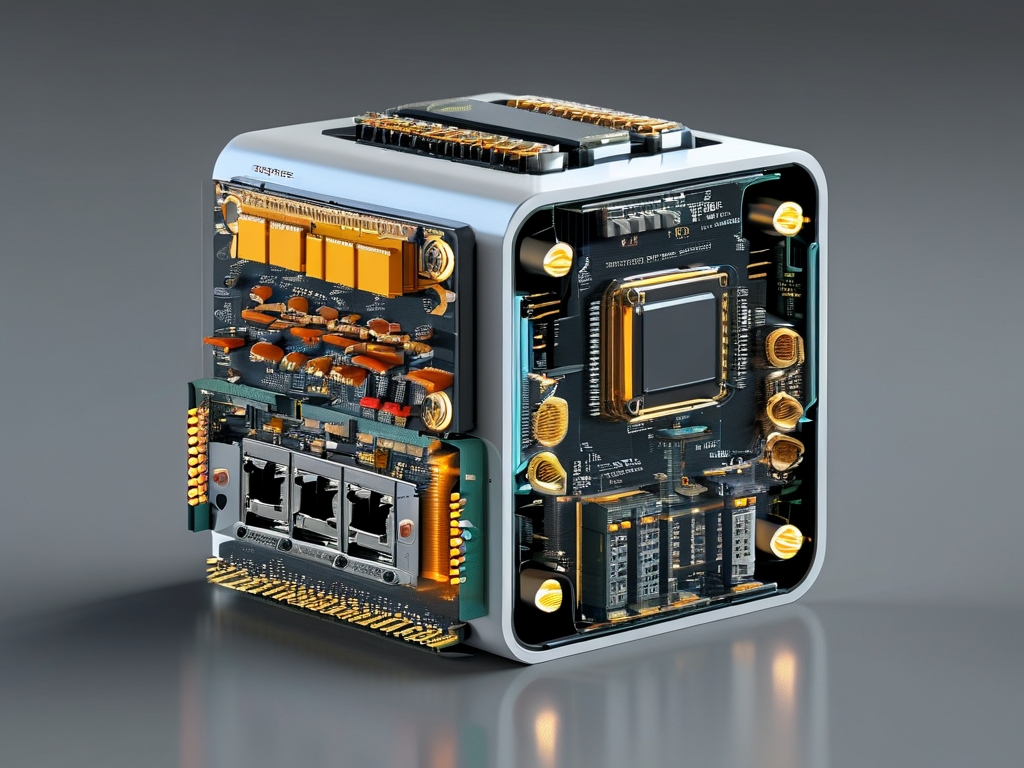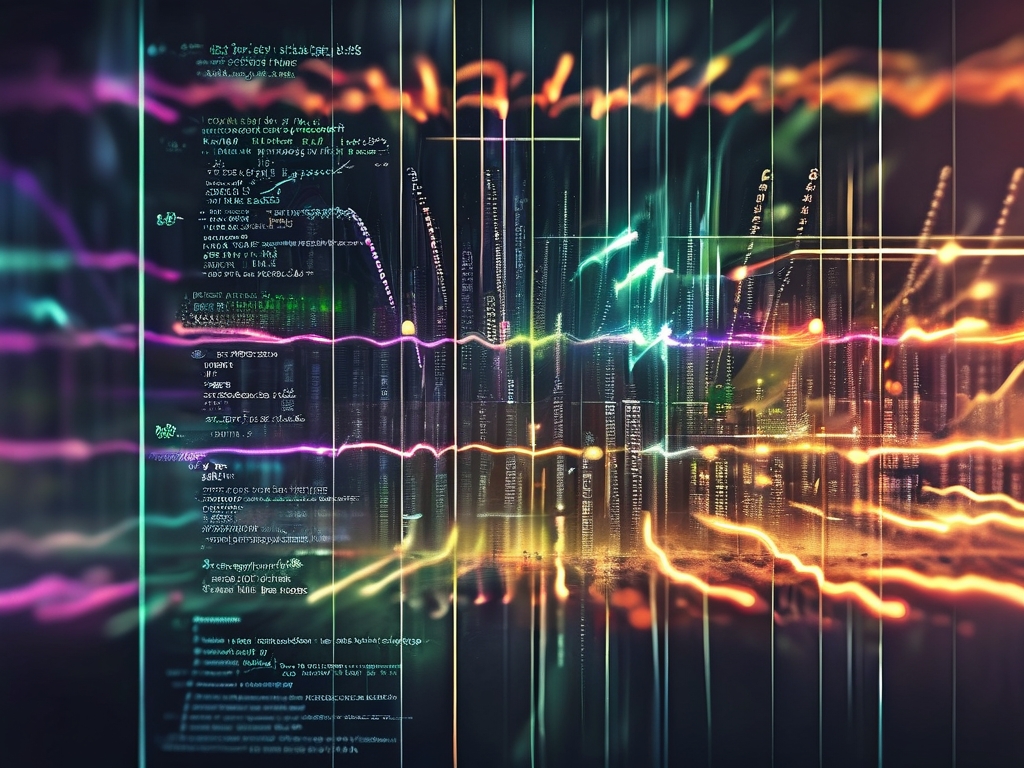In the rapidly evolving landscape of industrial automation and control systems, selecting the right controller algorithm is critical for optimizing performance, stability, and efficiency. Among the numerous algorithms available today, Proportional-Integral-Derivative (PID) controllers remain the most widely adopted solution across industries. Their simplicity, adaptability, and proven track record make them indispensable in applications ranging from robotics to energy management.

The Dominance of PID Controllers
PID controllers have maintained their popularity for decades due to their straightforward structure and ease of tuning. The algorithm calculates an error value as the difference between a desired setpoint and a measured process variable, then applies corrections using three terms:
- Proportional (P): Responds to the current error magnitude.
- Integral (I): Addresses accumulated past errors.
- Derivative (D): Predicts future errors based on the rate of change.
A classic implementation example in Python illustrates its logic:
def pid_controller(setpoint, measured_value, kp, ki, kd, prev_error, integral):
error = setpoint - measured_value
integral += error * dt
derivative = (error - prev_error) / dt
output = kp * error + ki * integral + kd * derivative
return output, error, integral
This balance of responsiveness and stability allows PID controllers to handle linear systems effectively. Industries like HVAC, automotive manufacturing, and chemical processing rely on them for temperature regulation, motion control, and flow management.
Emerging Alternatives and Hybrid Approaches
While PID dominates, newer algorithms are gaining traction in complex scenarios. Model Predictive Control (MPC) uses dynamic system models to predict future states and optimize control actions over a time horizon. This approach excels in multivariable systems, such as oil refinery operations or autonomous vehicle trajectory planning, where interactions between parameters are nonlinear and interdependent.
Another rising contender is Fuzzy Logic Control (FLC), which mimics human decision-making through linguistic variables rather than precise mathematical models. For instance, wastewater treatment plants employ FLC to manage ambiguous parameters like "high turbidity" or "low dissolved oxygen," where traditional PID struggles due to imprecise sensor data.
Machine learning-based controllers, particularly Reinforcement Learning (RL), are also breaking ground. These self-optimizing systems adapt to changing environments without manual recalibration—a feature leveraged in smart grid energy distribution and advanced robotics. However, their computational demands and "black box" nature often limit adoption in safety-critical applications.
Challenges in Algorithm Selection
Choosing the optimal controller hinges on system requirements and constraints. PID’s low computational cost makes it ideal for embedded systems with limited processing power, such as IoT-enabled agricultural sensors. Conversely, MPC’s predictive capabilities justify its higher resource consumption in aerospace navigation systems.
A common pitfall is overcomplicating solutions. For example, a packaging assembly line upgraded from PID to an AI-driven controller saw minimal performance gains but incurred 40% higher maintenance costs. This underscores the importance of aligning algorithmic complexity with actual operational needs.
Future Trends and Convergence
The next frontier lies in hybrid architectures. Combining PID’s reliability with machine learning’s adaptability, systems like PID-Neural Network Controllers are emerging. These hybrids use PID for baseline control while neural networks fine-tune parameters in real-time, as seen in cutting-edge semiconductor fabrication tools.
Additionally, the integration of edge computing enables decentralized decision-making. Wind farms now deploy edge-based PID controllers on individual turbines, reducing latency by processing data locally instead of relying on centralized cloud systems.
As industries prioritize sustainability, adaptive algorithms that minimize energy consumption will take center stage. Variable-speed motor drives using model-free adaptive controllers, for instance, adjust pump speeds in water treatment plants based on real-time demand, cutting energy use by up to 25%.
In , while PID controllers remain the workhorse of industrial automation, the future belongs to context-aware systems that blend classical and modern techniques. Engineers must weigh factors like system nonlinearity, computational resources, and scalability to deploy algorithms that deliver robustness without unnecessary complexity.









